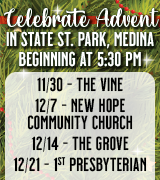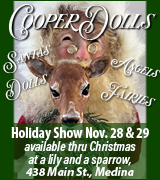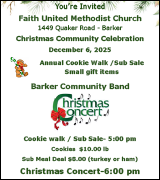‘White church on the hill’ in East Shelby stands as landmark since 1854
By Catherine Cooper, Orleans County Historian
Illuminating Orleans – Vol. 4, No. 11
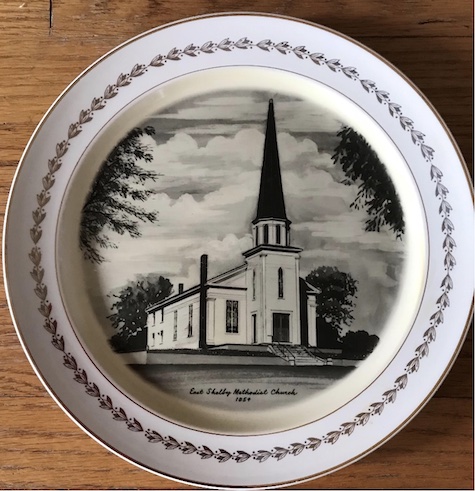
This commemorative plate was issued for the centenary of the East Shelby Methodist Church in 1954.
EAST SHELBY – The “white church on the hill” has been a landmark in rural East Shelby since its construction in 1854.
According to Helen E. Allen, who compiled a history of Orleans County churches, a small group of people in the East Shelby area decided to form a Methodist Episcopal congregation in 1839, even though churches of that denomination had already been formed in Millville and West Barre. They assembled at a local schoolhouse for fifteen years.
They incorporated as the First Society of the Methodist Episcopal Church on April 3, 1854, their petition to incorporate was signed by Seth Trowbridge and Cornelius V. Posson. A contract for the construction of the church was drawn up on May 24, 1854, and awarded to Israel Sanborn.
The site, at the intersection of Posson Road and Barber Road, one mile south of East Shelby, was deeded to the trustees by Lorenzo and Nancy Gardner. The church was built in 1854 for a cost of $3,500 and was dedicated by the presiding Elder, Rev. Ryan Smith.
A vestibule and steeple were added in 1882 and a furnace was also installed.
According to an account in the May 6, 1992, Journal-Register,
“The steeple was built on the floor of the front foyer and then lifted up into place through the ceiling of the foyer by ropes drawn by horses and a long pole. A sea captain, possibly Israel Sanborn, was on hand to oversee the tying of the knots, the lifting and hoisting of the steeple into place. The original bell was then placed in the steeple.”
In 1908, under the pastorate of Rev. G. Hares, a twelve-foot addition was added on the west to provide a kitchen and upstairs dining room. The interior was redecorated in 1919, new art glass windows were installed, and also a tin ceiling. The church was shingled and painted in 1942. New front steps and a front lawn wall were built in 1948 and a new oil furnace was installed.
Members undertook an ambitious remodeling for the centennial celebration. Rev. Karl R. Harris was pastor. The walls were painted a soft green, the woodwork was painted white. The pews were white with mahogany trim while the accompanying cushions and pulpit chairs were green. The steeple was re-shingled.
The distinctive front doors were donated in memory of the family of Nelson and Carrie Posson. A hymn board was donated in memory of Mrs. Belle Maxwell.
A new pulpit was given by the R.T. Smith family, while a pulpit Bible was given by H. Justin Roberts in memory of his parents Mr. & Mrs. Bert Roberts and his aunt Mrs. Anna Beckett. These items were dedicated at a special centennial program held on Nov. 17, 1954, which was attended by ministers who had formerly preached at the church.
Due to declining membership, the Methodist Conference declared the closure of the church in 1964. It sat forlorn and deteriorating until it was purchased in August 1989 as the future home of the East Shelby Community Bible Church and Pastor Erik Olsen. Following eight months of renovation, the church was reopened on Palm Sunday, 1990.
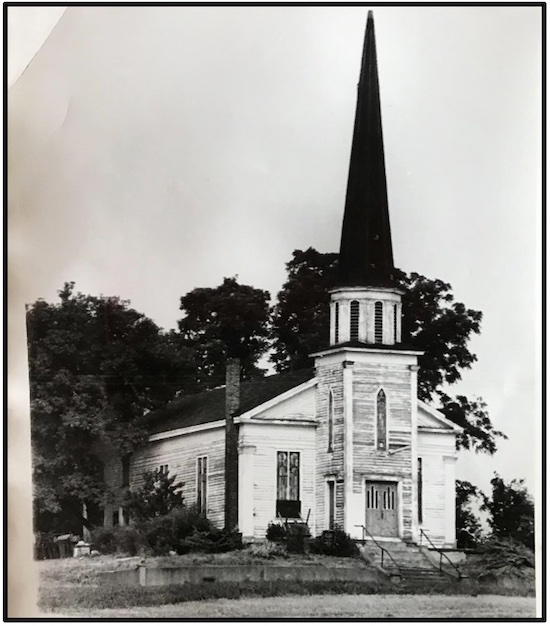
The East Shelby Church as it appeared in 1989.
The congregation has since flourished. It honors the area’s nineteenth century heritage and traditions at the popular Old Tyme celebrations held in the recreated West Jackson Corners in July and December.
The Community Bible congregation celebrated the church’s 150th anniversary at their Old Tyme Days in 2004. They also compiled and published the West Jackson Corners Cookbook which includes a reprint of the cookbook printed in 1901 by the ladies’ aid group, the Crescent Circle.
One hundred and seventy years following its construction, “the white church on the hill” is still a landmark in East Shelby, its signature red door heralds its continued vibrance.













